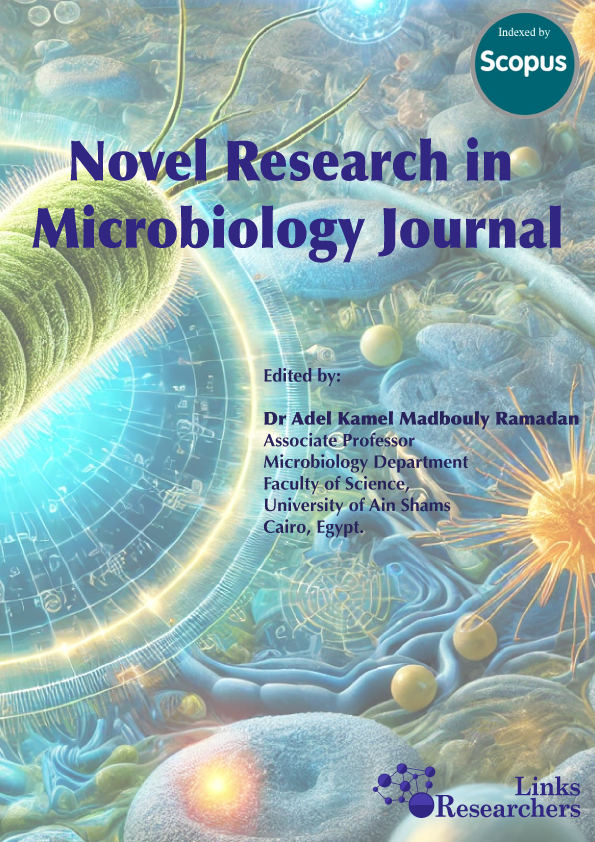Epidemiology and Pathogenesis of Coronavirus Disease (COVID-19)
Novel Research in Microbiology Journal (2020), 4(2): 675-687
Epidemiology and Pathogenesis of Coronavirus Disease (COVID-19)
Ram Bahadur Khadka1,2*; Ravin Bhandari2; Rabin Gyawali3; Balram Neupane1; Dhakaraj Pant4
ABSTRACT
An acute respiratory syndrome (ARDS) episode was first identified in Wuhan, China, and later officially designated as COVID-19 by the WHO. It is caused by SARS-CoV-2 that is likely associated with zoonotic transmission. Based on the live data from live reference website Worldometer which provides counters and real- time statistics for diverse topics data, COVID-19 has influenced 186 nations. China reported 25 % of cases, while 75 % of the remaining cases were reported in other nations. The clinical and genetic characteristics of SARS- CoV-2 support the similar pathogenesis pattern between SARS-CoV and MERS-CoV. The elevated level of cytokine release during the infection caused the failure of multiple organs leading to the patient death. Treatment of patients depends on the clinical course and symptoms associated with the COVID-19. Several prevention and control measures including; active surveillance, use of masks, and hand sanitizers are recommended to stop the spread of this virus. Besides, COVID-19 was sampled using a throat swab to detect the viral nucleic acid using Real Time Polymerase Chain Reaction (RT-PCR), for early detection and treatments evaluation. In this review, we comprehensively summarized the COVID-19 epidemiology, pathogenesis and diagnosis, using suitable literatures obtained from reliable sources.
To share on other social networks, click on any share button. What are these?






